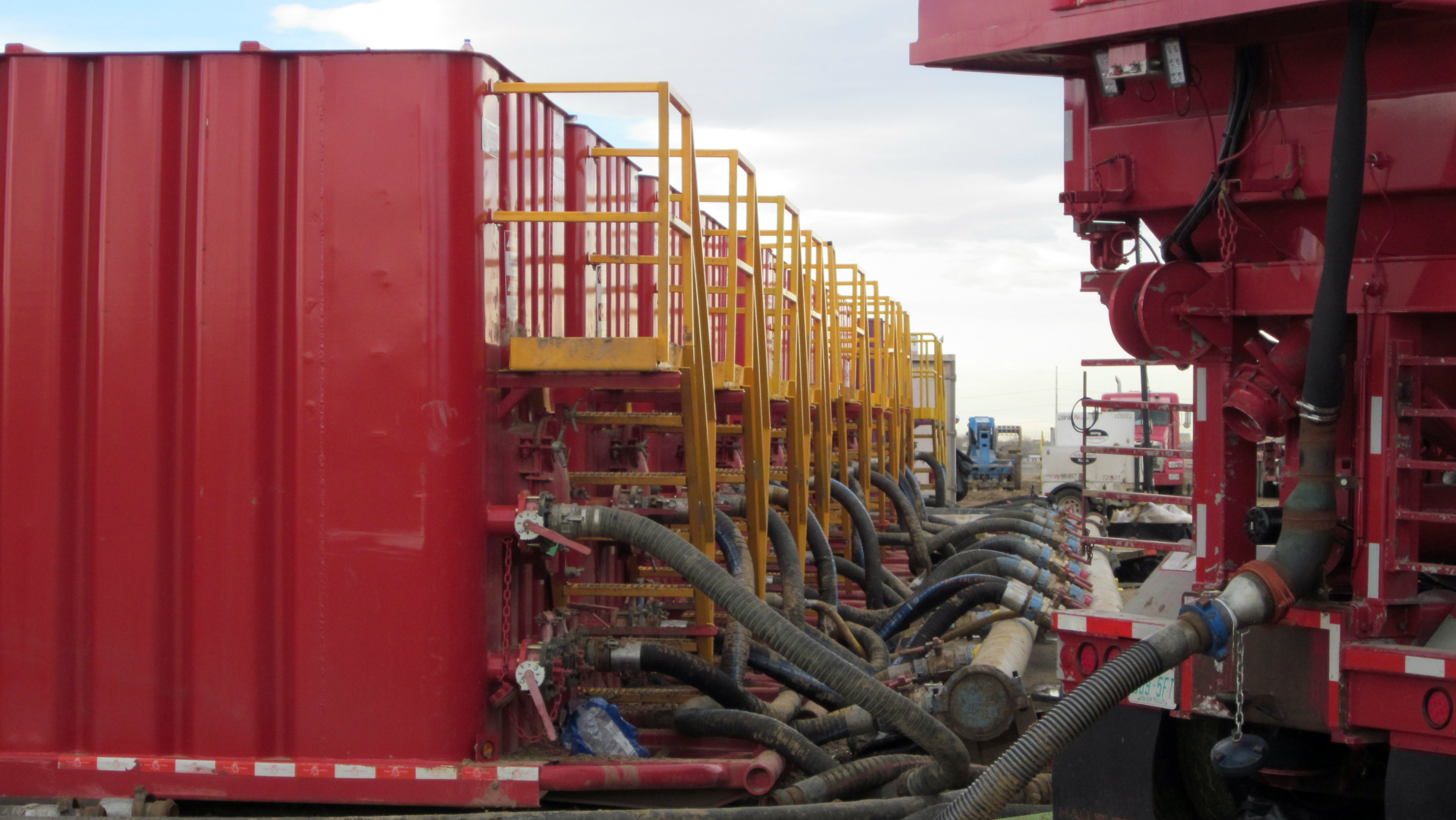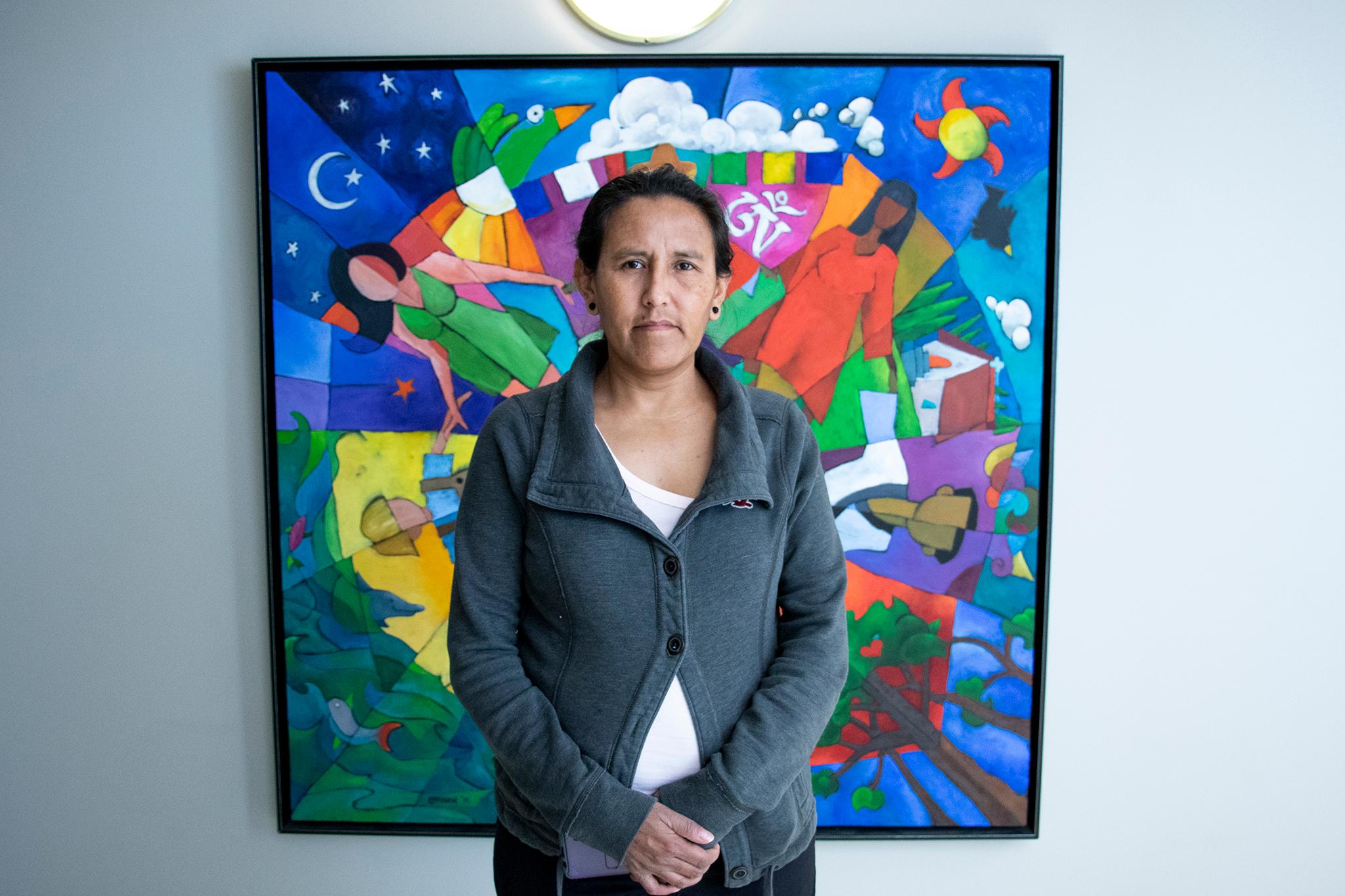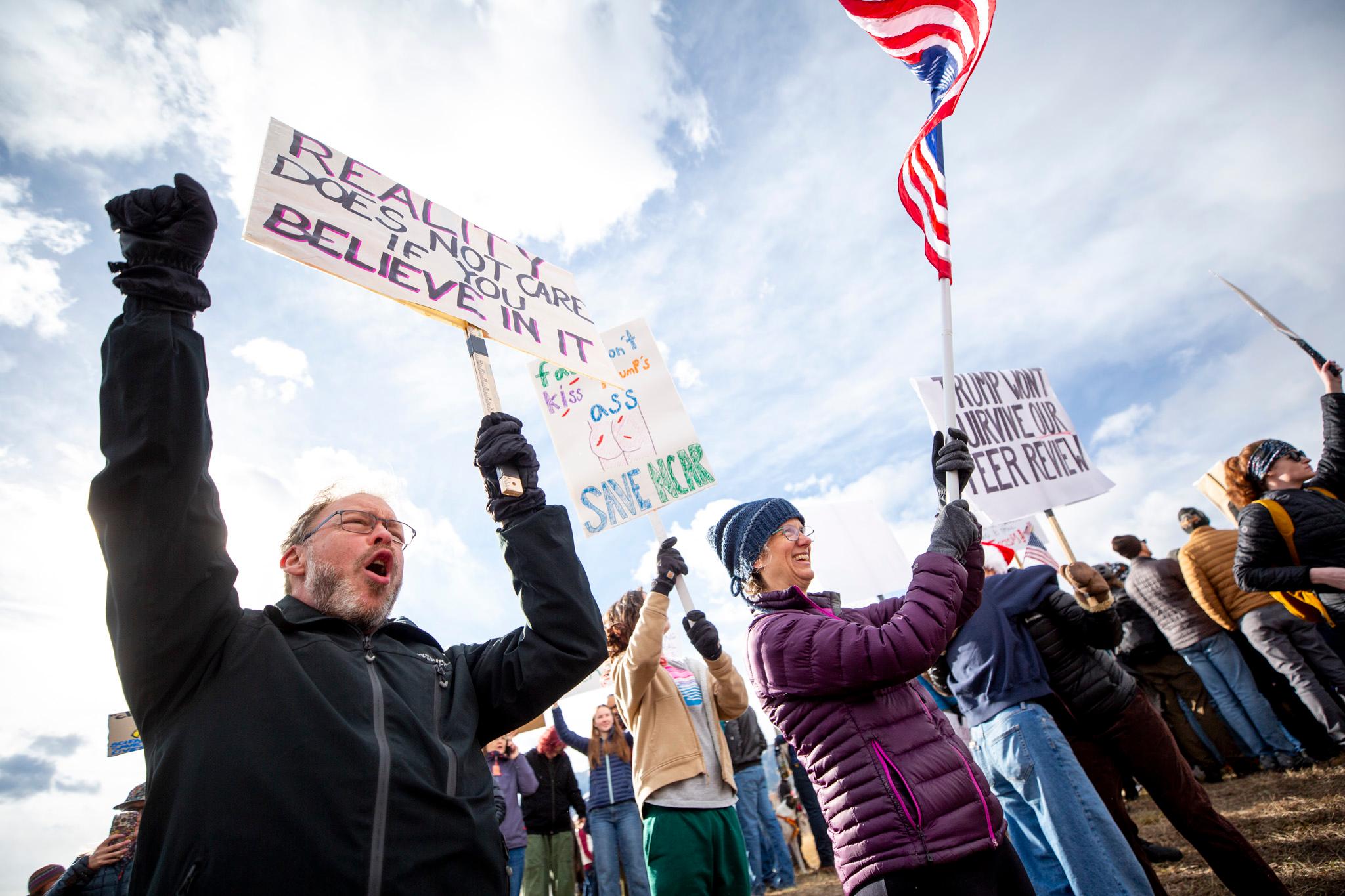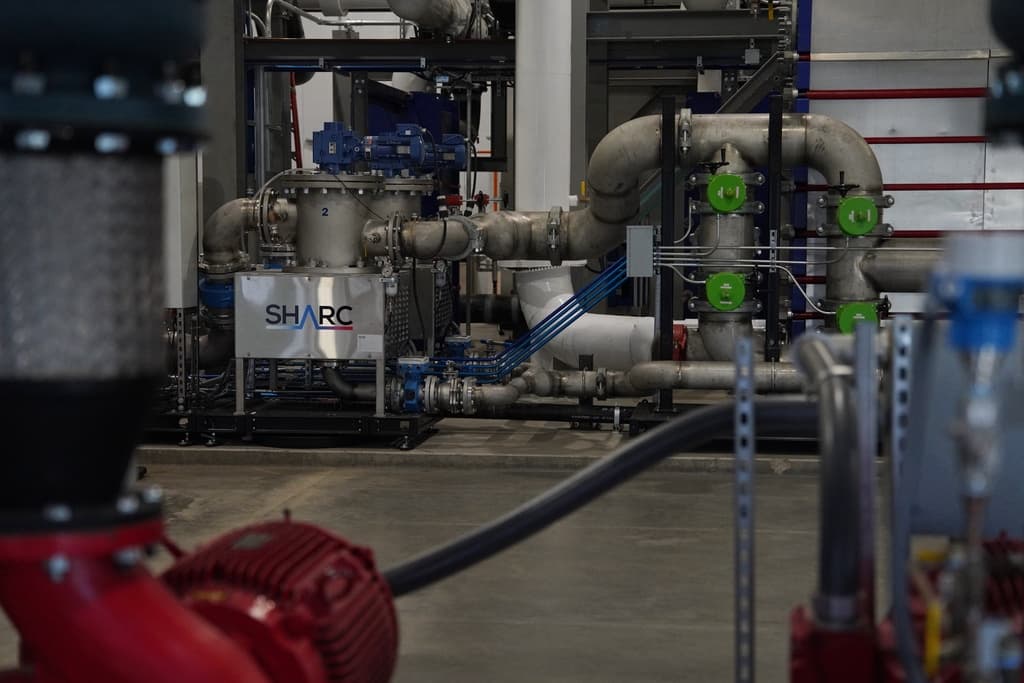
To explain Colorado's consistent smog problem, regulators and scientists often point to two main sources of local air pollution: traffic and oil and gas.
Driving and fossil-fuel production both release large amounts of nitrogen oxides and volatile organic compounds, two categories of chemicals that react to form ozone when exposed to heat and sunlight.
Estimates suggested each activity played a more-or-less equal role in exposing Front Range residents to ground-level ozone pollution. A 2017 study based on aerial surveys suggested they cause about the same increase in ozone concentrations. More recent estimates from the Regional Air Quality Council, the lead air quality planning agency for the Front Range, showed oil and gas playing a slightly larger role.
That all changed in November when Colorado air regulators announced a major correction to air quality modeling data it planned to submit to the U.S. Environmental Protection Agency.
New calculations predicted nitrogen oxide emissions from drilling and hydraulic fracturing expected in 2023 were likely nearly double the state's original estimates. As a result, those two activities alone appeared likely to account for more ozone-causing emissions than all cars and trucks along the Front Range.
The revised estimates also showed that all oil and gas activities, not just drilling and fracking, likely represented by far the largest source of expected releases of ozone ingredients in 2023, representing 45 percent of nitrogen oxide emissions and 41 percent of volatile organic compound emissions.
Following a request from state regulators, the data error led governor-appointed commissioners to hold back parts of its new ozone plan. Michael Ogletree, the director of the Air Quality Control Division, said the decision would allow regulators to consider adding "significant pollution controls" in a follow-up rulemaking next year.
"The bottom line is we're acknowledging the mistake and we're going to make lemons out of lemonade. In the end, we'll get an even stronger state implementation plan," Ogletree told CPR News.
Colorado's oil and gas industry disputes the new numbers.
The updated projections aren’t direct observations of ozone in the atmosphere — or direct measurements of ozone-forming compounds.
Regulators assemble inventories that predict likely emission sources and amounts, and plug the data into models. Those models are calibrated based on historical air quality observations. That federally regulated process helps the state understand which pollution sources are responsible for the overall ozone problem. It also allows them to test different potential control measures.
Dan Haley, the executive director of the Colorado Oil and Gas Association, questions the accuracy of the corrected data. He noted the Regional Air Quality Council has separate models estimating likely sources of ozone-forming compounds at specific air monitors. The analysis suggests traffic is the largest local pollution source at multiple locations throughout the region, such as an official air monitor at Chatfield Reservoir that often records some of the highest ozone levels on the Front Range each summer.
In addition, Haley said the new state’s correct ozone data "appear to double-count about 1,000 wells," which he suggested could explain why the oil and gas industry now appears to be a larger source of ozone pollution under the updated modeling calculations.
"Colorado's ozone strategies should be data-driven and that data must be accurate," Haley said.
Colorado air regulators say they realized the data error after reviewing pollution estimates PDC Energy submitted to the Colorado Oil and Gas Conservation Commission, the state’s drilling regulator. They revealed the amount of ozone-producing chemicals produced by drilling or fracking a single well was likely much higher than estimates in the state's air quality plans.
A formal notice filed about the error said flawed math caused the problem. Initial estimates were based on industry reports totaling the nitrogen oxides and volatile organic compounds produced by oil and gas preproduction. Those totals were then erroneously divided by the new numbers of wells drilled in 2017 — not the total wells associated with emissions.
Regulators wrote the flaw resulted in an "artificially low emissions factor,” which led it to severely underestimate pollution from the oil and gas industry.
The corrected data could nevertheless fuel a new push to regulate the oil and gas industry
After more than a decade of failing to meet federal air quality standards, the EPA declared the Front Range a "severe" ozone violator earlier this year. Colorado is now in the process of considering new rules and regulations to bring the region into compliance.
But an initial plan written by regional air quality planners did not include new regulations for the oil and gas industry. After acknowledging the data error, the Colorado Air Quality Control Commission ordered regulators to consider new rules, including additional limits on hydraulic fracturing and drilling.
Both processes rely on massive diesel or natural gas-powered engines. To cut those emissions, a coalition of air quality advocates want the state to enact rules that pause drilling and fracking during the summer ozone season and consider requiring the industry to power each activity with electric engines.
The follow-up rulemaking is scheduled to start in 2023.









